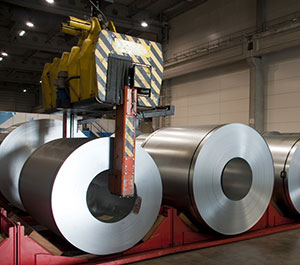 Tin is a soft, lightweight, ductile, malleable silvery-white metal. It is non-magnetic, non-combustable and has a low coefficient of friction. It can be highly polished and melts at 449.6°F. At below 3.72K it becomes a superconductive. While it resists corrosion from water, tin can not withstand exposure to acids or alkalis.
Tin is a soft, lightweight, ductile, malleable silvery-white metal. It is non-magnetic, non-combustable and has a low coefficient of friction. It can be highly polished and melts at 449.6°F. At below 3.72K it becomes a superconductive. While it resists corrosion from water, tin can not withstand exposure to acids or alkalis.
Tin is often used for plating other metals and as an alloy. It is also widely employed as a compound.
Master Bond formulates adhesive bonding systems for adhering tin to tin and tin to dissimilar substrates.
Consideration for Bonding Tin - Flexibility
A number of compounds have been successfully employed including EP30FL, EP21TDC-2, EP51FL and EP21TDCF-3. Resistant to vibration and shock, EP30FL has an advantageously low viscosity for easy convenient application. EP21TDC-2 epoxy system offers superior heat dissipation properties and the ability to withstand impact. Solvent-free, room temperature curing this compound is serviceable down to 4K. Rapid curing EP51FL has a moderate viscosity and a non-critical one to one mix ratio. Master Bond EP21TDCF-3 has high peel and shear strength properties. This high viscosity system bonds well to similar and dissimilar substrates.
Multiple formulations with different viscosities, colors, cure speeds, hardnesses, strengths, etc. are available for use for bonding tin.
